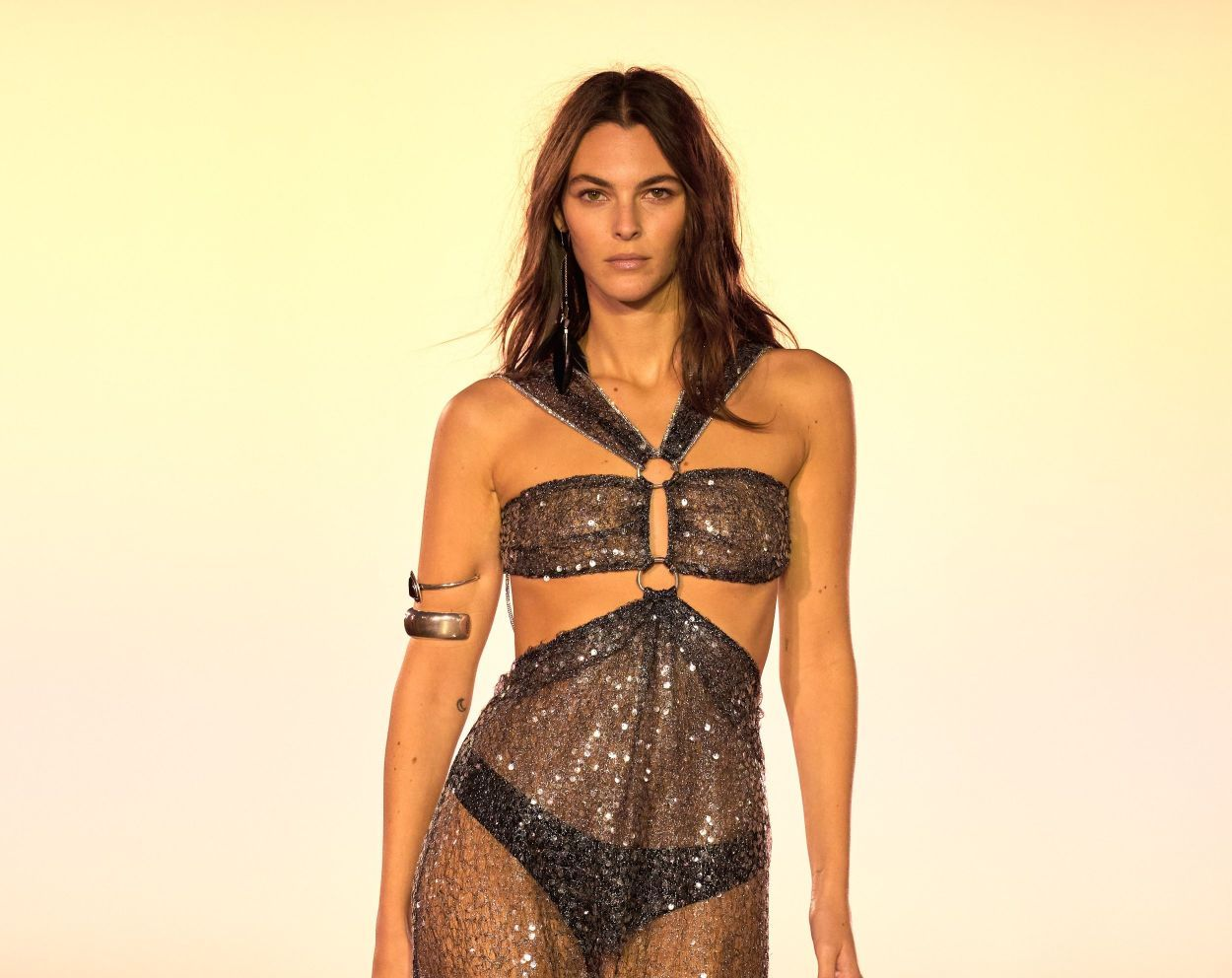Designer Guo Pei Turns Spotlight to China's Fashion Landscape
Mar 01, 2016
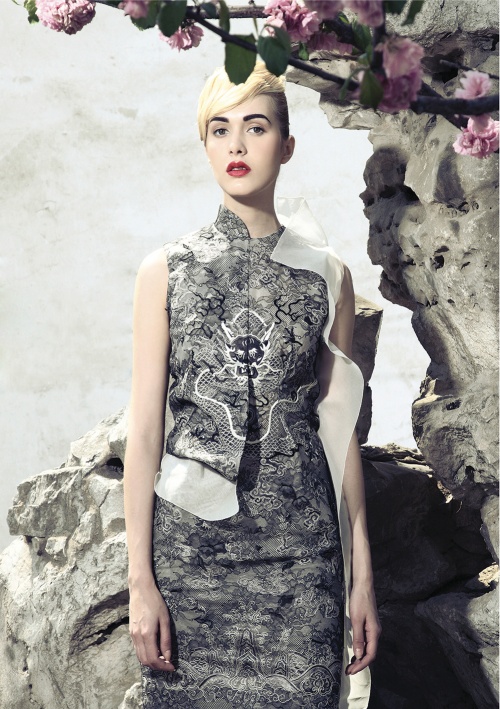
When the megawatt international spotlight finally shone on a Chinese designer it was the one who, until that moment, had been almost invisible on the world stage, lacking the benefits of training abroad or a fan club of foreign celebrities.
In less than a minute – the time it took for Rihanna to take to the stage in that gown – Beijing-based Guo Pei was catapulted to international fame, a trajectory that has continued into this year as she presented her latest work at the Paris haute couture shows.
The body-hugging yellow ballgown with the endless train was the showstopper at the Met Ball, leaving all the other celebrities trailing in Rihanna’s extravagant, shimmering wake. She milked the camera-flash moment for all it was worth, preening, posing and sashaying in front of the world’s press. The dazzling images made front pages and fashion websites everywhere that people have an iota of interest in the latest clothes.
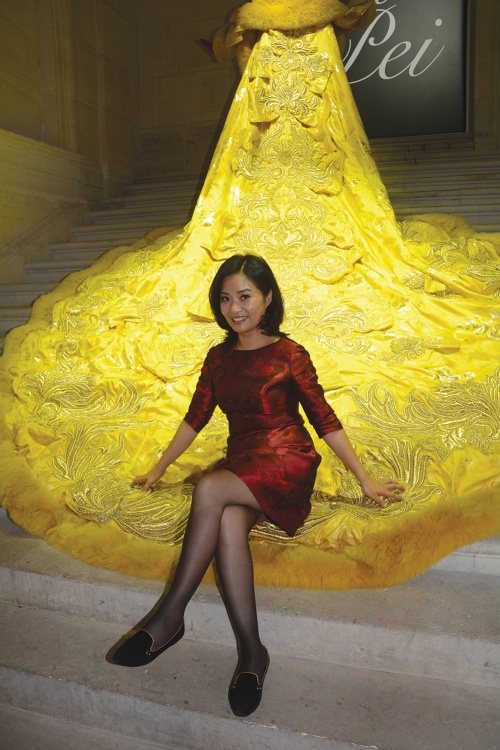
The name Guo Pei had most fashion journalists scratching their heads at first. Who was she and what was her story? They were right to be a little mystified. Until that New York moment, Guo was only known in Hong Kong and mainland China, where she is famed for making outrageously flamboyant – and eye-wateringly expensive – gowns and special-occasion dresses for actresses, singers and socialites. The diminutive, quiet and low-key mother of two young girls is the opposite of her look-at-me creations, being happy for her work to take the attention.
Even China fashion insiders were a little surprised that the unassuming Guo was the first of the nation’s new wave of fashion designers to hit the big time. Others, such as Masha Ma, Huishan Zhang, Uma Wang and Xander Zhao already had name recognition among fashionistas and insiders, but nothing like the attention that came from being Rihanna’s go-to, big-occasion dressmaker.
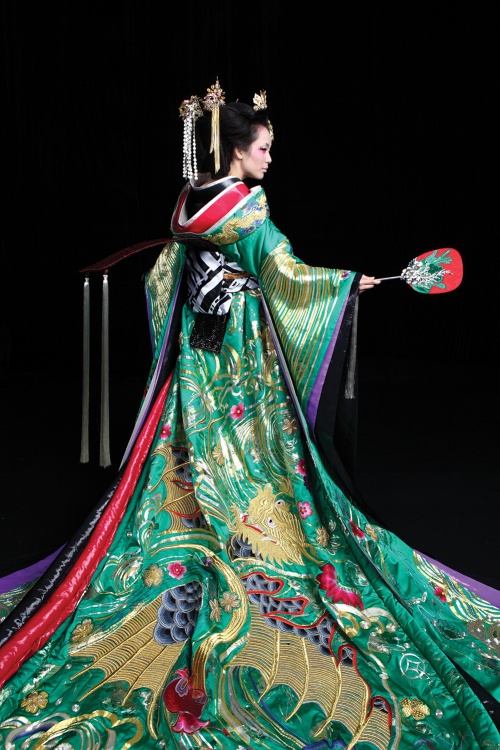
The price of the 20-kg creation, which took two years to make, has not been disclosed, but anyone commissioning a Guo one-off generally has to be prepared to fork out up to HK$400,000. Among her previous patrons were Li Bingbing and Zhang Ziyi, along with dozens of lesser-known socialites from the ranks of the nouveau riche. Guo’s more exotic creations have included a Chinese-blue-porcelain-print dress with a long train and fan-like headdress; a shimmering, beaded outfit with sleeves like upside-down traffic cones; and a skirt with three tiered levels put together with a bolero top.
An established career in mainland China means the designer has access to an unrivalled pool of seamstresses and skilled embroiderers, who charge considerably less than their counterparts in the ateliers of Paris and Milan. The design work and final fitting is done at the Rose Studio, in a drab outer suburb of Beijing. The nondescript exterior of the building is at odds with the wildly extravagant interior and its chandeliers, mirrors, animal-skin rugs, golden birdcages and chaise longues. Thanks to Guo, Made in China – when tacked onto high-end dresses – has taken on a new, positive meaning.
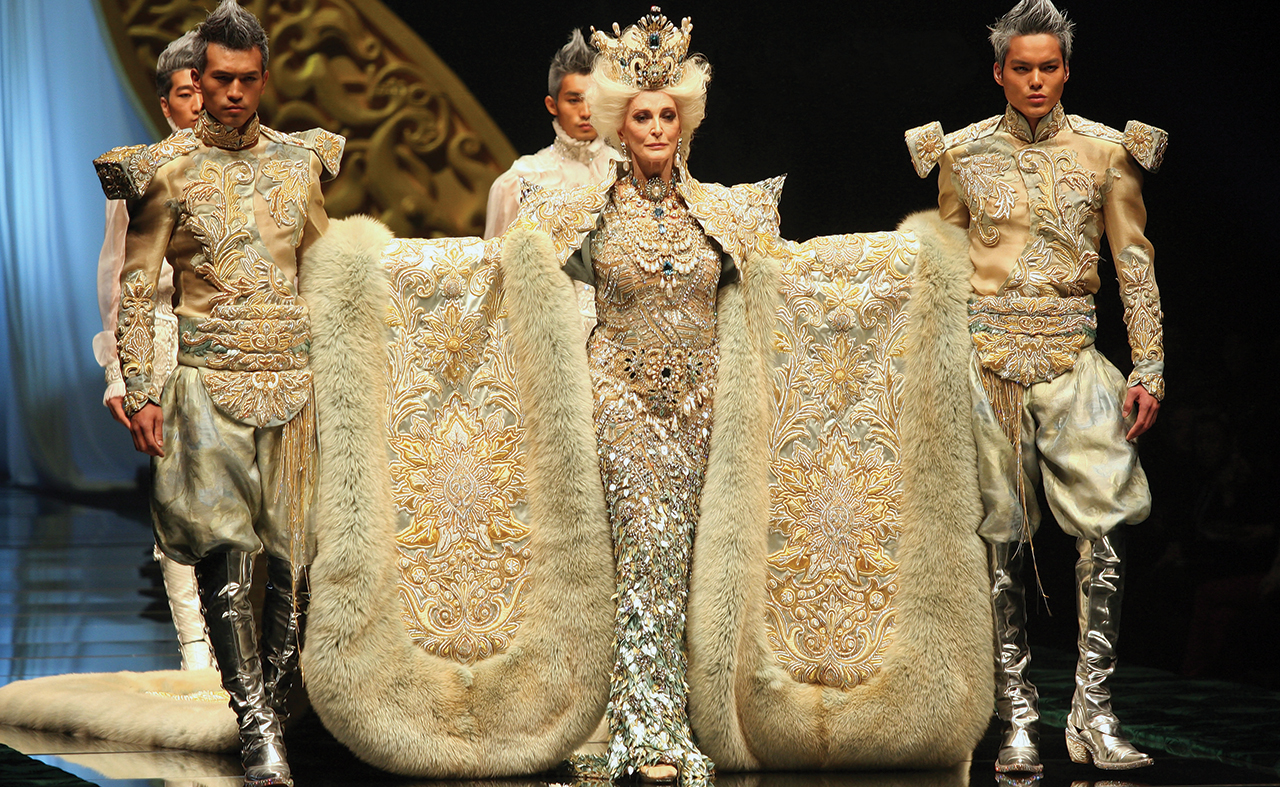
Ambitious young designer Huishan Zhang is determined to enhance the country’s reputation further with his modern and subtle interpretation of Chinese icons, using lace as a leitmotif.
The personable Zhang is a product of the famed Central Saint Martins College in London, where he lives and works. But all the clothes are made in the mainland at a dedicated atelier in Qingdao. This gives Zhang a quick turnaround time, allowing him to react speedily to trends and rush orders, and to take advantage of labour costs much lower than those in Europe.
The downside is that the 33-year-old is almost constantly on a plane between continents, working around the clock. The punishing schedule and the international glad-handing are paying off: Zhang now features in the top department stores in New York, London, Paris and Tokyo.
“The clothes are elegant, always with a special twist,” Zhang says. “A defining feature is that we use a lot of lace. That is our signature. The look is minimal, but always with lots of detail. We play around with the Chinese element. We want to mesh it into the design. It is always subtle. It might even be something inspired by Chinese philosophy that fits into the Western design aesthetic. The Chinese element is more like a hidden trace rather than something obvious.
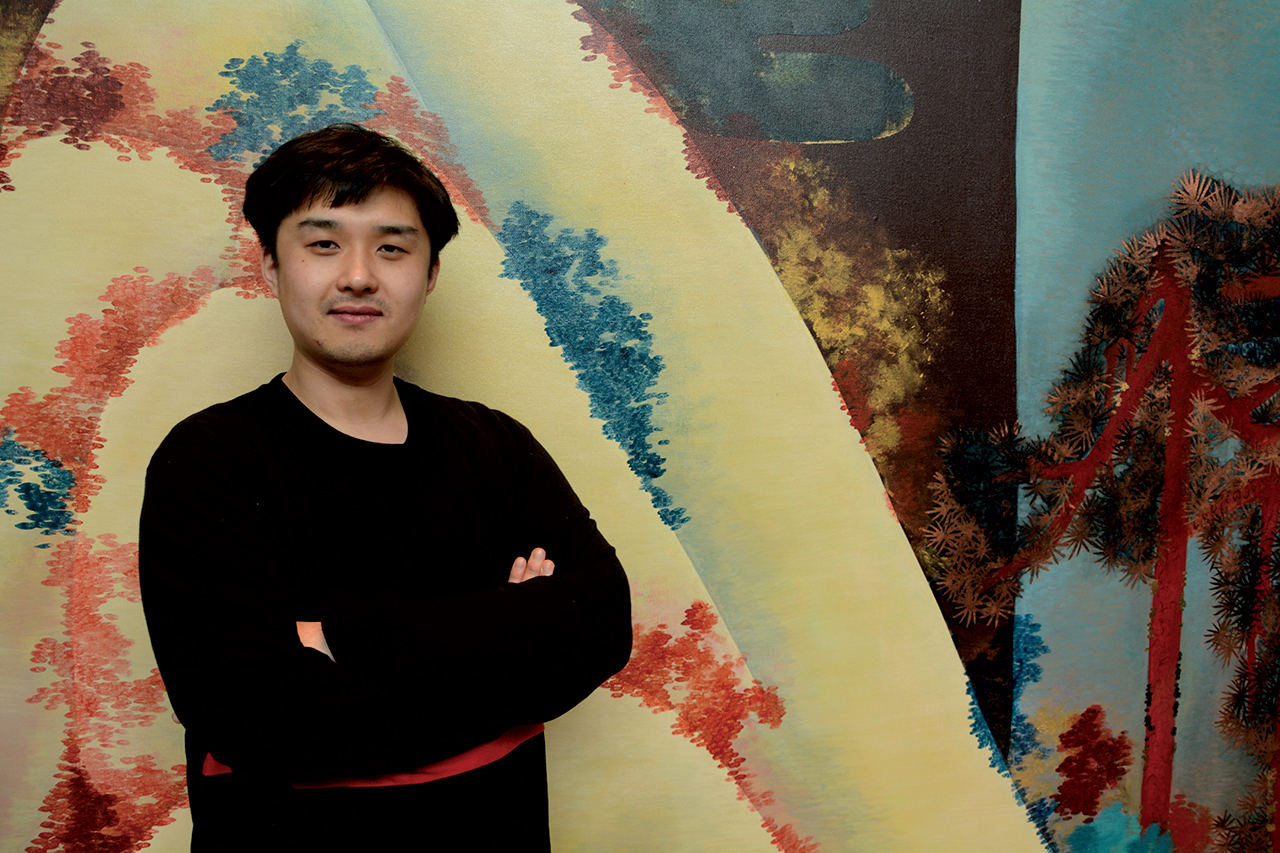
“I want to have a Chinese identity. I am proud of the clothes being made well in China. Fashion is one way of showing the world how China is changing. I want Huishan Zhang to be a modern contemporary lifestyle brand. Basically it is something associated with China, but on a very international level and exclusive. Right now it is brand-building, and I am learning at every stage. My ambition is big.
“The clothes are for modern women who travel and have a real life. The fabric has been designed so it does not wrinkle, whether it is silk or cotton. That is the trademark. You can travel and arrive, open your luggage and put your dress on the hanger. You don’t need to touch anything. All the garments are also ultra-light.
Zhang has had a couple of lucky breaks during his short career, beginning with a job offer from the influential Delphine Arnault, daughter of the boss of the giant LVMH group, Bernard Arnault. Working at the Dior headquarters in Paris allowed Zhang to examine closely the way the luxury industry operates, giving him the confidence to launch the Huishan Zhang label. The bold decision paid off almost straight away: pieces were stocked by prestigious boutiques and the couture Dragon Dress became a permanent exhibit in the TT Tsui Gallery of Chinese Art in the Victoria and Albert Museum in London.
More good fortune followed. Zhang won the Dorchester Collection fashion prize, a hugely prestigious award that the hotel group gives a promising young talent every year, along with a £25,000 cash prize. Since that moment Zhang has been on a roll, living his schoolboy dreams, flitting between London, Paris, New York, Tokyo, Beijing and his home city of Qingdao.
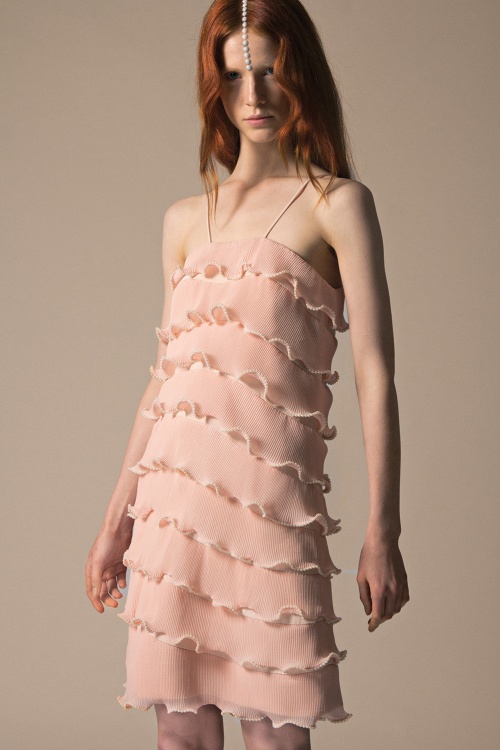
“I grew up in Qingdao, which was isolated and conservative, but I had a big dream,” he says. “I loved fashion. I always liked to put combinations together: an orange jumper over skinny jeans. I was big and fat at that time, but I liked the look. I was very bad with school. The only thing I could pass was my art class, which I did very well at. I told my parents that any further education would kill me. They were worried at the time, but they did let me go and study abroad.
Zhang is not only a talented designer. He is business savvy, with a keen appreciation of pricing, margins, deadlines, shipping and stocking. Most sales are in shops rather than online, the reason being that customers really need to see the clothes close-up to appreciate the quality. Huishan Zhang collections are found in the same high-end zones that retailers reserve for Lanvin, Fendi and Valentino. The prices start at about HK$5,000 for a top and HK$12,000 for a dress. Couture is considerably dearer, with a starting price of HK$60,000.
Having famous admirers has not done any harm to the brand. Among those choosing Huishan Zhang outfits for award ceremonies and banquets have been the British prime minister’s wife, Samantha Cameron, supermodel Naomi Campbell and actresses Gwyneth Paltrow, Helen Mirren and Keira Knightley.
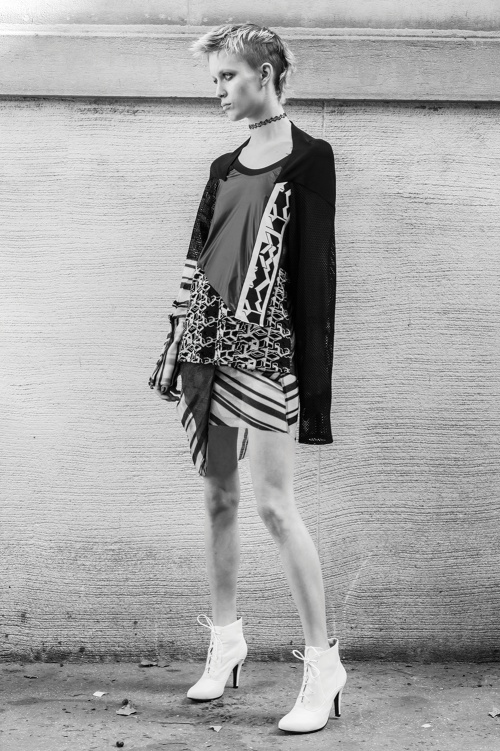
An equally ambitious young Chinese designer, Masha Ma, can also claim a portfolio of conspicuous fans, including shock rocker Lady Gaga. So meteoric has Ma’s rise to fame been that she now has bases in Shanghai and Paris.
Beijing-born Ma is the most media-savvy of all the new wave. She made the most of a decade in London by fully immersing herself in Western culture – particularly at the rock, fashion, and design end of the cultural spectrum. She used the same cutting rooms as Alexander McQueen at Central Saint Martins, drank in the same grungy bars that John Galliano frequented, and went to underground clubs famed for putting on punk pioneers The Sex Pistols.
The international fashion world has sat up and taken notice of Ma. The influential style.com was effusive about Ma’s talent, praising in particular her cosmopolitan credentials. “If you were to pin a picture on fashion’s new global face, it might well be the Beijing-born, London- and Paris-trained designer Masha Ma,” the site enthused. “A much-noted rising star, Ma creates an aesthetic that combines Parisian silhouette with American colours and London detail.”
Ma, who describes her clothes as “feminine with a modern twist”, has three lines: the main Masha Ma line, Ma by Ma and Mamour. They are part of the 30-year-old’s long-term strategy to become a force in the fashion world.
“Everyone can become a designer, in a way, but not a brand,” Ma says. “One of the biggest differences, I guess, is the scale of the business, and its consistency and the possibility to grow continually with or without you being there personally. We structure the company to have a solid foundation, with factories. I am Chinese and it is a Chinese brand – and an international brand. It is going really well. We are even helping other designers from China.”
The success of the brand means Ma has a punishing annual schedule that has her flitting back and forth between Shanghai and Paris. If time permits, there is also the odd side-trip to London. Time spent working in McQueen’s studio was invaluable.
“I learned from him never to give up, believe in your own dream,” she says. “Studying and working in London was a phenomenal cultural experience. The underground music, East London artists and theatres were all my favourites, but the people were the most impressive part. London has an energy and rawness and good young designers that no other city in the world has.”
While young Chinese such as Ma look abroad, designers working in the US that have Chinese heritage are looking at opportunities in the mainland. Wunderkind Jason Wu, in particular, has put in plenty of hard slog to popularise his brand – even making an appearance on a fashion television reality show that entailed trekking to a studio in the outer suburbs of Beijing.
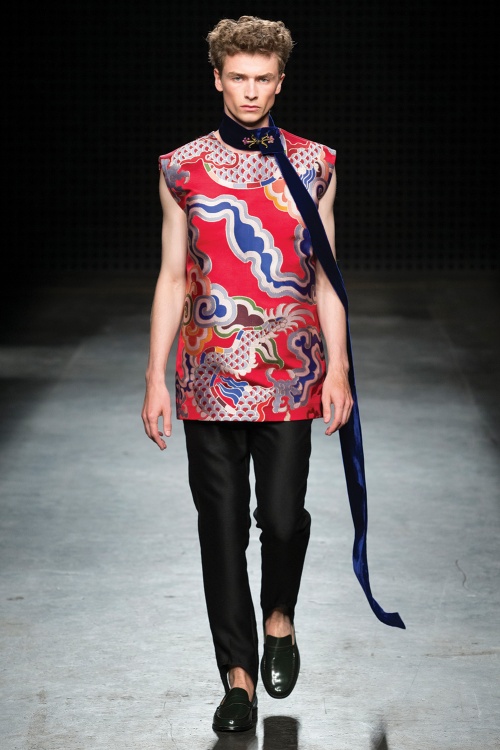
Wu and his like, including Vera Wang, Phillip Lim and Alexander Wang, are keen to sell more of their clothes in what is still the world’s fastest-growing market for luxuries. Wu has a particularly noteworthy credit: he is one of US First Lady Michelle Obama’s favourite designers. Obama wore a Wu ballgown to her husband’s first inauguration ball – a career-boosting moment for the Taiwan-born designer, only 26 years old at the time.
“I get the best of both worlds,” says Wu. “As I am from both a Chinese and Western background, it gives my sensibility a broader range. I think there is a huge future for us in China. We have already been in Taiwan and done a lot of work there.
“I have wanted to be a designer since I was 10, so, unlike most Asian parents, mine were not shocked. They were well-prepared for a long time. I made a pact with them whereby if I went to boarding school and did my schooling I could do whatever I wanted in college. They wanted me to go to school, but they also wanted me to do what I wanted to do.
“I very much have the Chinese work ethic. My family are all businesspeople. My father started his own company when he was in his twenties, with one employee, and I looked up to him. I like the business side of things as well as design. They integrate for me. I cannot wake up in a morning and do a job that I do not like.”
Wu is a role model for the new wave of Chinese designers, living proof that ethnic Chinese can make it to the top of the fashion tree by using their talent and business acumen.
Training by the experts helps, as Christine Lau, founder of the emerging label Chictopia, an amalgam of the words chic and utopia is the first to acknowledge. Lau grew up in Beijing and Hong Kong, but her creative gene began to express itself only when she started her studies at – yes, that place again – Central Saint Martins.
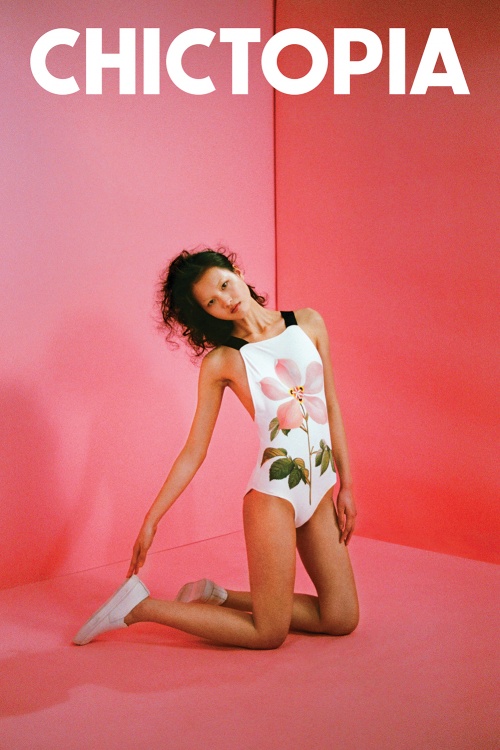
“It affected me, the way that I think,” Lau says. “During my earlier education, I was given a task with very clear instructions and one right answer – and other answers were wrong. But in London, the tutors were very open-minded. They just guide you and want you to create your own stuff and your own style. That was very important for me, with the whole process of designing and thinking in a different way.
“It was very exciting living and working in London. There is a lot of mixed culture and a lot of contrast – young and edgy things – but at the same time they have culture and history which makes it very exciting. I loved to visit the markets and vintage shops and galleries and museums, and also the indie rock clubs.”
On returning to China, Lau launched Chictopia, which quickly gained renown for its quirky and fun clothing. One recent collection had food as a theme, with prints that featured shellfish, vegetables and cows. Clearly, Chictopia fans are women that want to stand out in a crowd, unafraid of wearing striking garments.
“I do all the textile designs and fashion designs,” Lau says. “I think my style is quirky elegance, but at the same time it is very feminine and girly and young and elegant and very playful. Everything is positive. That is something I want to tell people: be positive and playful.”
A rather more mainstream approach is taken by Uma Wang, whose career had a big fillip when the Council of Fashion Designers of America picked her as its nominee for its first exchange with China. The brand’s distinguishing feature is its fusion of knits and fabrics. Shanghai and vintage China are inspirations for Wang. She now has 10 or more outlets in China. The designer is particularly strong in Italy, where she has shown at Milan Fashion Week more than once, and where 16 boutiques around the country stock her clothes.
Wang is something of a veteran of design in China, having done time with Chinese brands before launching Uma Wang. The members of the younger generation of go-getting Chinese designers are confident that they have a fresh approach that is marketable and want to start straight away, without having to slog through apprenticeships with other brands.
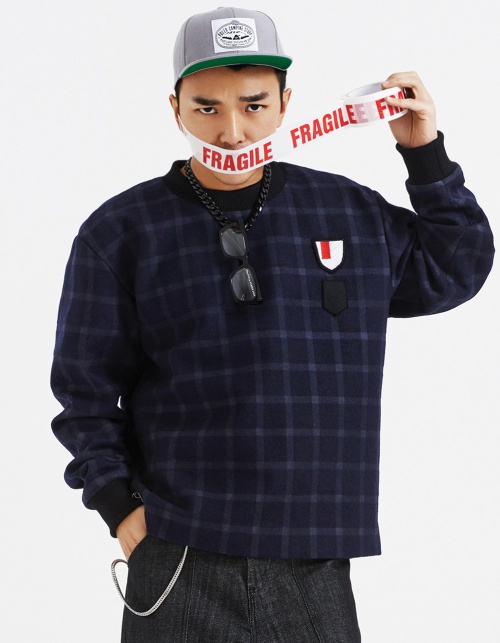
One neophyte designer-entrepreneur that has made a mark is Xander Zhao, who specialises in menswear. His shtick is to mash up elements of East and West, which has proved successful so far, drawing positive reviews by critics in London and Paris.
A sign of the impact Chinese designers have was the recent decision by Australian department store David Jones to put on a pop-up event that showed the work of Zhang and a host of other up-and-coming talent, including Helen Lee, Xiao Li, Yang Li and Sarah Lai.
They speak English fluently, have travelled widely, and have assimilated cultural influences that range from Ming-era costumes to punk rocker ripped jeans. They have little false modesty or hesitancy.
The driving ambition that all share is articulated neatly by Masha Ma: “My ultimate ambition is for the brand to become a cultural symbol in our generation”.





























